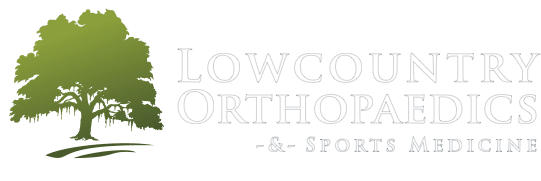Cervical Spondylosis
Cervical spondylosis is a degenerative (arthritic) condition in the neck. It involves wear and tear on the discs and joints (facets) of the neck.
Attention: Now Accepting New Patients
Causes
Symptoms
- Neck pain: The most common symptom. It may involve pain in between the shoulder blades, stiffness, and loss of movement in the neck.
- Radiculopathy (pinched nerve): Causes pain in one or both arms and may involve numbness or weakness of the arms or hands
- Myelopathy (spinal cord compression): Pain, weakness, numbness in the arms, balance problems, and spasticity in the arms or legs. Urinary problems may occur in advanced cases
Diagnostics
- X-rays to show a narrowing of the disc and bone spurs
- MRI may show if there is a pinched nerve or pressure in the spinal canal
- Neurologic testing EMG/nerve conduction studies to determine if there is any nerve damage and to rule out other conditions, such as carpal tunnel syndrome or ulnar neuropathy
Treatment
Cervical spondylosis is a condition much like other diseases. Although it cannot be cured, it can be managed in most cases like other diseases (diabetes, high blood pressure).
Medications
To reduce inflammation, either over the counter or prescription NSAIDs (non-steroidal anti-inflammatory drugs).
Spinal Injections
Corticosteroid (cortisone) injections reduce inflammation within the spinal canal and reduce irritation of the nerves. People with mild to moderate cervical spondylosis can have long-term relief from these injections
Physical Therapy
To reduce stiffness, improve range of motion and to stabilize the neck muscles.
Surgery
Surgery is always a last resort and is usually only performed when there is radiculopathy or myelopathy. Surgery includes decompressing the spinal canal by removing any bone spurs or bulging discs that are pinching nerves and fusing the disc spaces by placing a spacer in the disc to bring the height up to normal.

